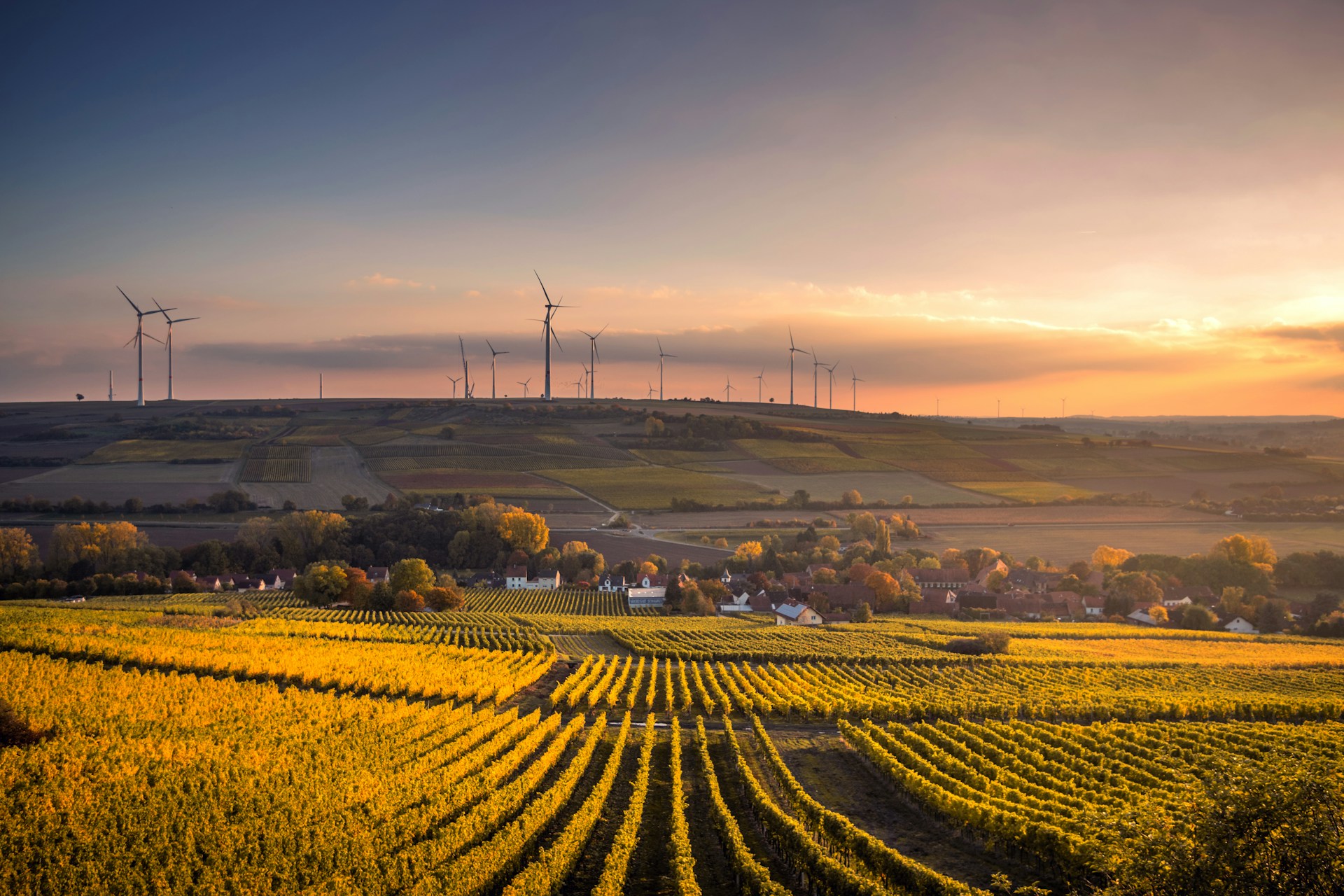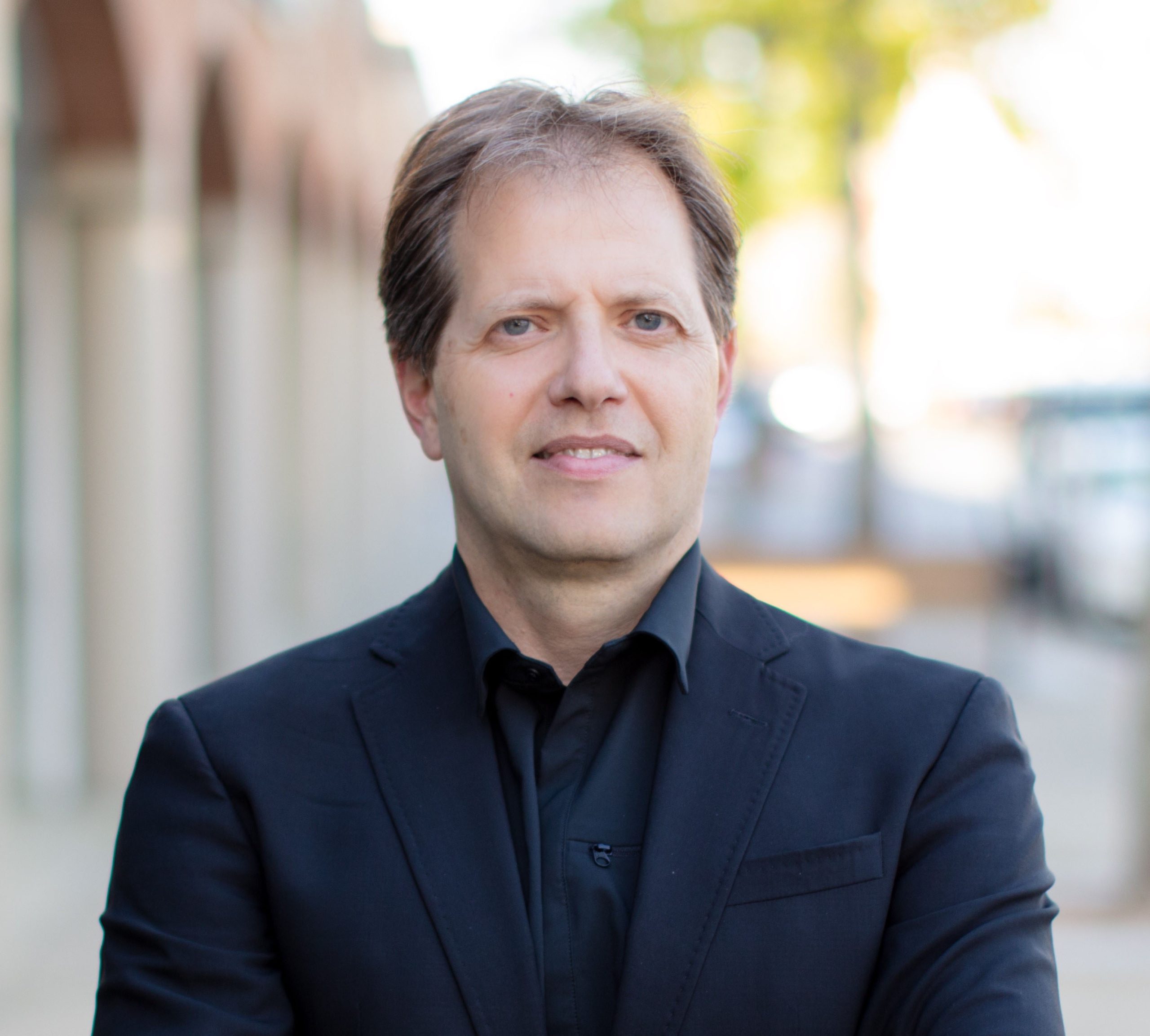Predictive analytics could benefit virtually any industry that applies it. While that means monetary improvements in most sectors, this technology could impact people’s health and well-being in others. Applying predictive analytics in food safety in one such use case.
The Importance of Proactive Food Safety
Foodborne illnesses affect 48 million people each year in the U.S. alone. These diseases are easily treatable in many instances, but as hospitals become more crowded and the population grows, more could result in worse outcomes. Already, 128,000 of these cases hospitalize their victims and 3,000 end in death.
These outbreaks may become a more prominent threat over time, too. Climate change can make certain foodborne pathogens more common and affect food’s nutritional value. The global population is also growing, so available resources must spread further to cover everyone. That could result in more people being unable to access the care they need if they contract a foodborne disease.
Given these concerns, food safety must be proactive. Organizations need to stop outbreaks before they occur to reduce the burden on the health care system and ensure a healthier world. Predictive analytics can support that goal by optimizing several aspects of food safety.

Preventing On-Farm Contamination
Food safety starts with food’s farm origins. Some diseases can spread through pest contamination, and predictive analytics may provide more reliable proactive anti-pest measures than conventional alternatives.
Pest outbreak modeling begins by collecting data on weather patterns, past outbreaks, and known interactions between certain pests and other chemicals or plants. Machine learning models can then predict when rising pest populations are likely and what could stop them. Farmers can then respond as necessary, whether that means spraying the optimal amount of pesticide or companion planting to repel animals before they arrive.
Early experimental models under this umbrella have accurately predicted outbreaks up to seven years in the future — more than enough time for farms to adapt. Even if these warnings spur little more than increased attention to contamination risks, they could significantly impact food safety.
Protecting Food Products in Transit
Predictive analytics can guard crops or animal products in transit once they leave the farm. Unlike pest prevention, this application is less concerned with long-term trends, instead centering around real-time data.
Internet of Things (IoT) sensors can track metrics like shipment temperatures and humidity in real time. With this data, predictive models can identify when current conditions may lead to food safety concerns, such as temperatures rising above safe levels. Once they identify these trends, they alert drivers and other stakeholders to take action before spoilage occurs.
Some available solutions today can monitor core temperatures up to 1 meter away, while others can detect bacteria and gas associated with spoilage. Whatever the specifics, real-time data and machine learning enable fast responses to prevent contamination or stop spoiled products from reaching consumers if prevention is impossible.
Refining Manufacturing Processes
Predictive analytics can also promote proactive food safety in the manufacturing stage. Many manufacturers today are already investing in AI to optimize their production workflows, and the same technology can yield safety improvements.
Take the production of dry pet food — which accounts for 60% of all pet food sold today — for example. These products are prone to cross-contamination from additives or surface contact during extrusion, but these hazards are difficult to identify in a large facility. Predictive analytics can analyze digital twins of these facilities to pinpoint where this kind of contamination is most likely, informing workflow changes to remove or mitigate the risk.
Just as predictive analytics can highlight production bottlenecks, it can alert manufacturers to processes prone to bacterial infection or other health hazards. Advanced models can even suggest alternative workflows to make it easier to ensure the safest possible production process.
Pinpointing Supply Chain Vulnerabilities
Similarly, food and beverage companies can use predictive analytics to identify hazards in their supply chains. Third-party health and safety risks are hard to pinpoint manually, but AI can monitor real-time conditions and analyze past trends to predict vulnerabilities.
Businesses can apply predictive analytics to food supply chains in a few ways. One effective option is to analyze past health department reports to identify suppliers with a history of health and safety violations. Some solutions today can even highlight common themes between reports to reveal what kinds of hazards a company struggles with.
Other supply chain analytics engines can analyze real-time data to predict potential outbreaks in a region’s food supply or growing cross-contamination threats in an area. Food companies can then adjust their supply strategy to avoid sourcing from these problem areas and prevent outbreaks.
Learning From Past Outbreaks
Many supply chains have also embraced predictive analytics for scenario modeling. Applying this practice to food safety can help experts learn where past outbreaks came from to inform preventive measures in the future.
With enough data on past foodborne disease outbreaks, machine learning models could identify trends in their early warning signs. Alternatively, they could highlight how some logistics or manufacturing practices contributed to the disease’s spread. Predictive models can then apply these insights to real-time farm, production facility and health report data to predict incoming cases.
Food processors already use hyperspectral sensors that could help detect early warning signs of undesired microbes, like the release of some gasses. Feeding this data to predictive models alongside information on how past foodborne illnesses emerged and evolved could let them predict new diseases before they affect anyone. Global health agencies and food and beverage companies could enact much more effective mitigation measures as a result.
Predictive Analytics Takes Food Safety Further
Many of the most popular predictive analytics use cases revolve around risk assessments and optimization. While businesses largely use these applications to drive efficiency and financial gains, the same technology can help make the food and beverage industry safer. That will become increasingly crucial as the population grows and climate change worsens the threat of foodborne illnesses.
The use of predictive analytics in proactive food safety is still in its infancy, but early signs are promising. As this technology evolves and more brands capitalize on it, it could make the world a safer, healthier place.
















